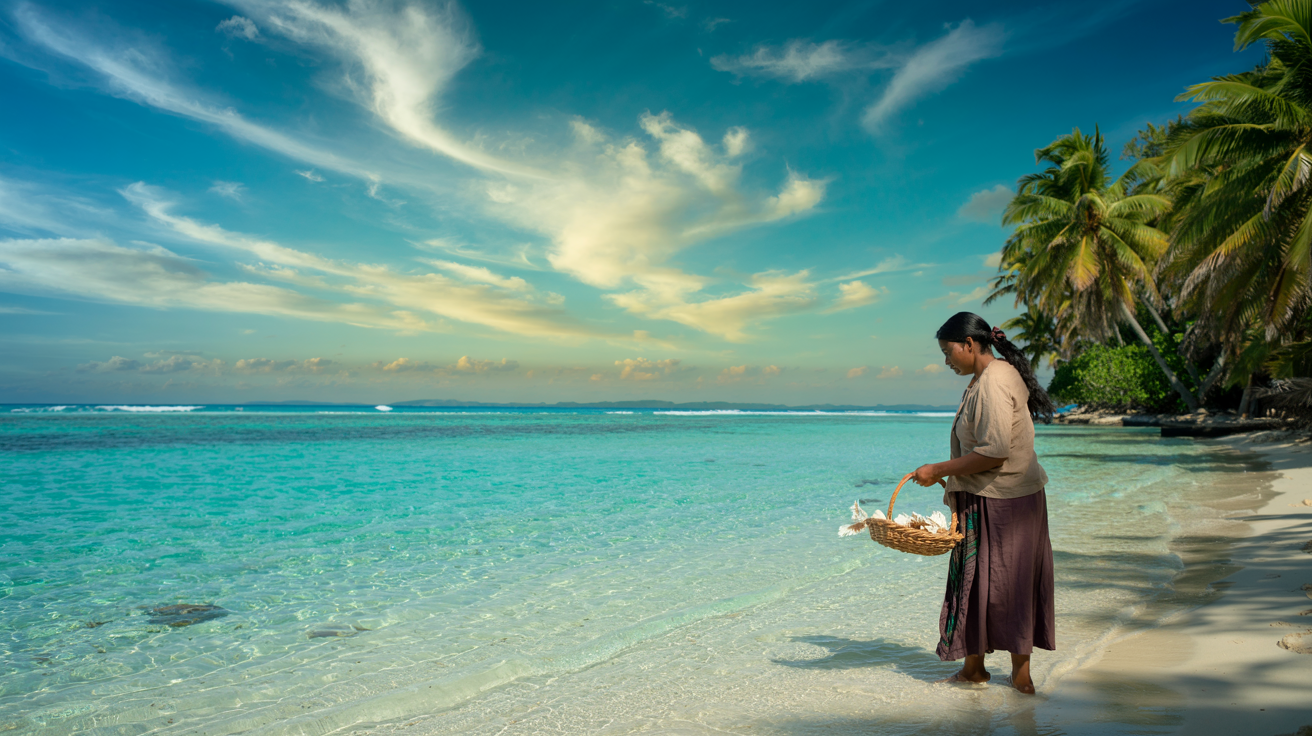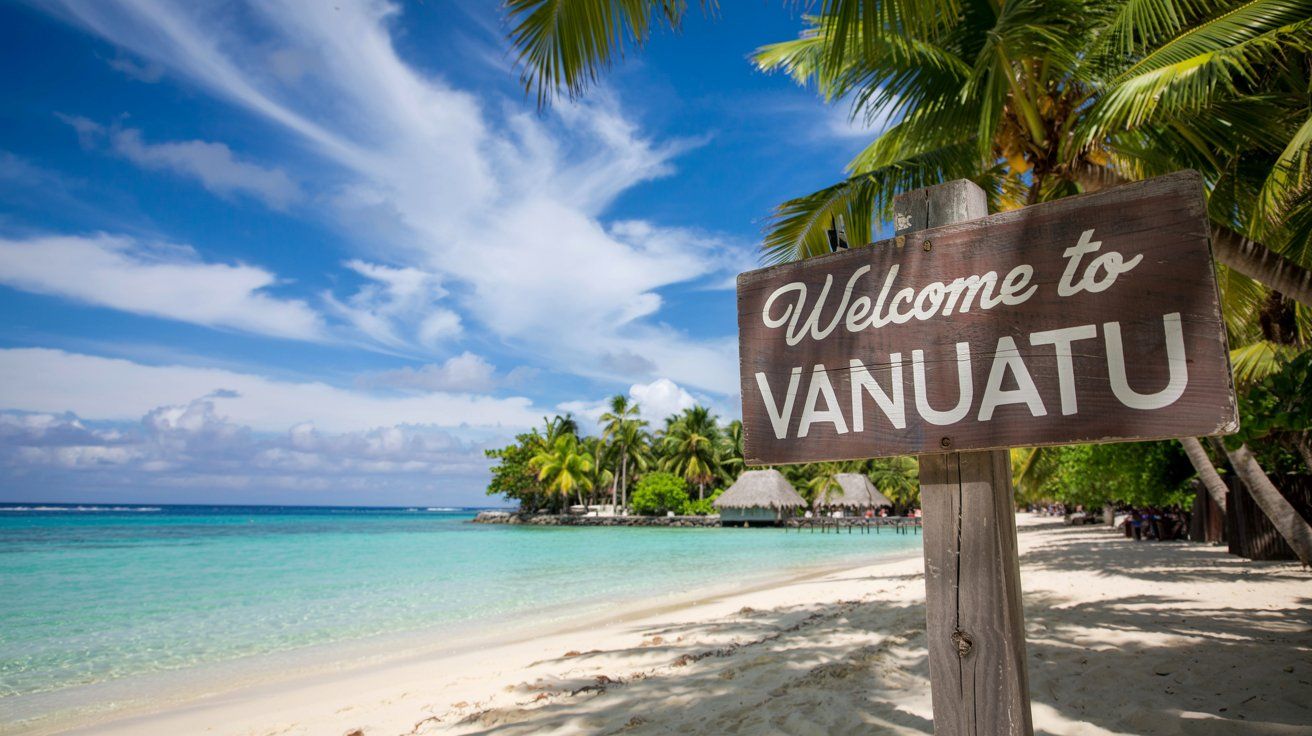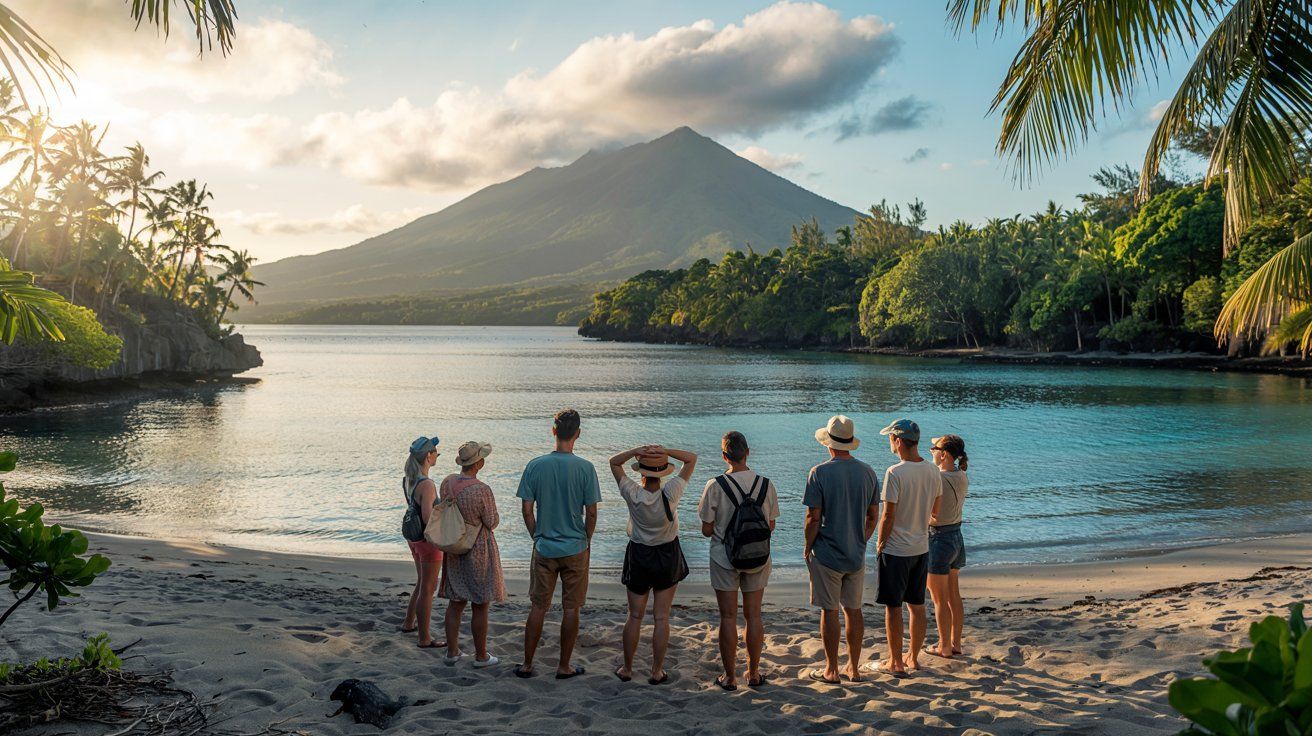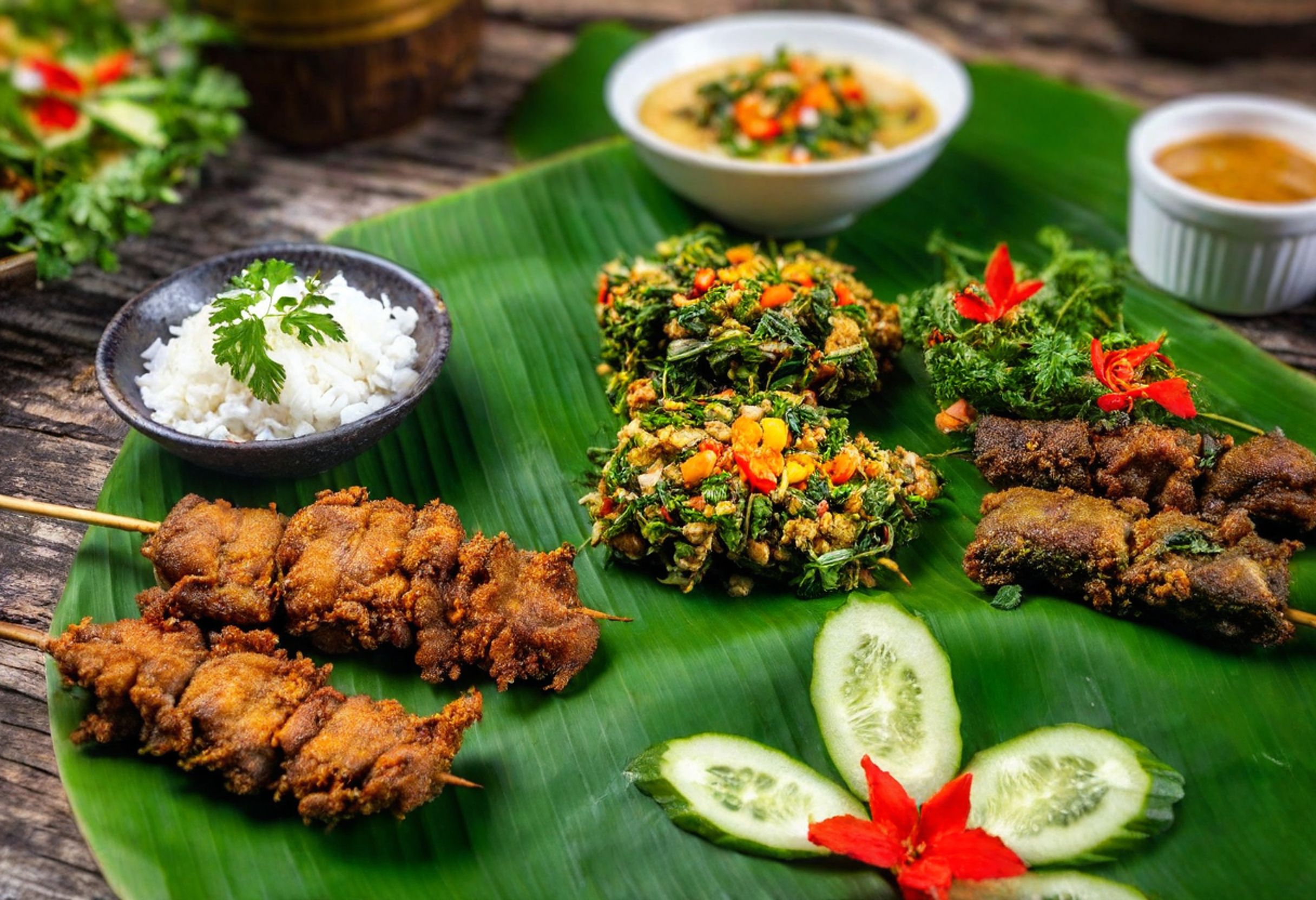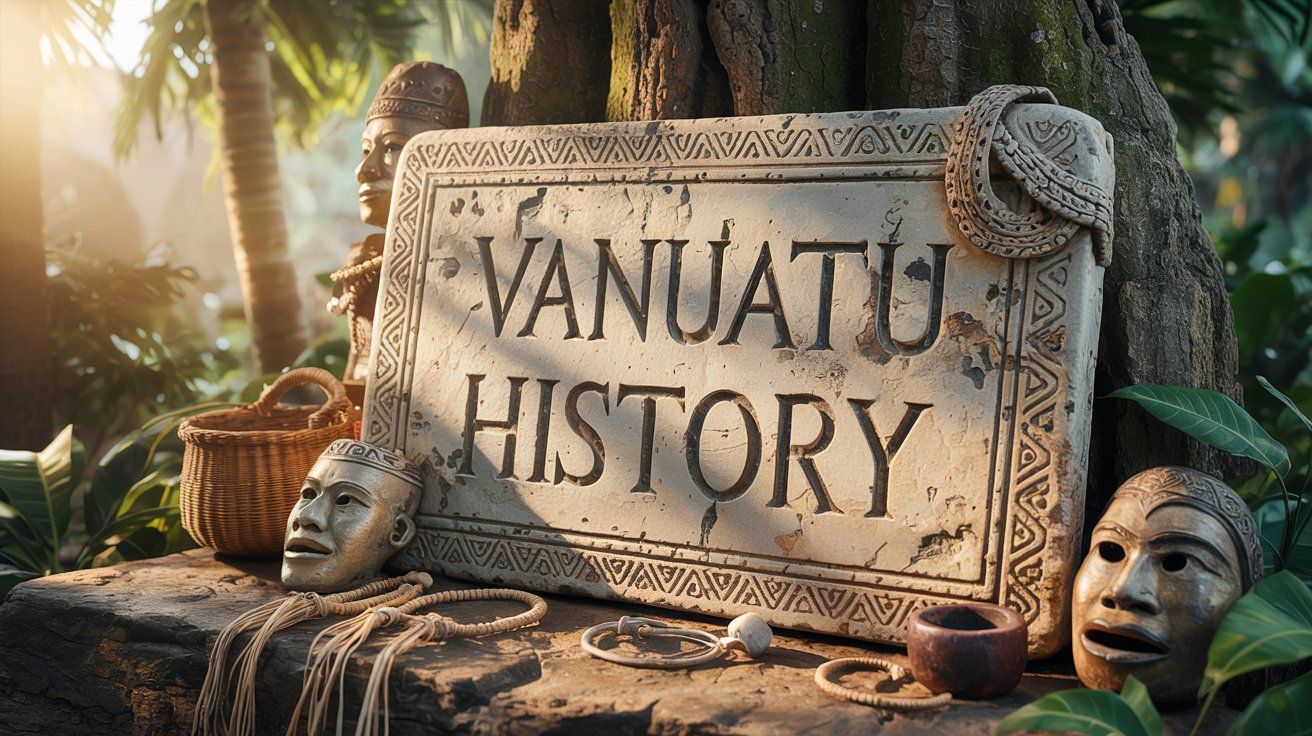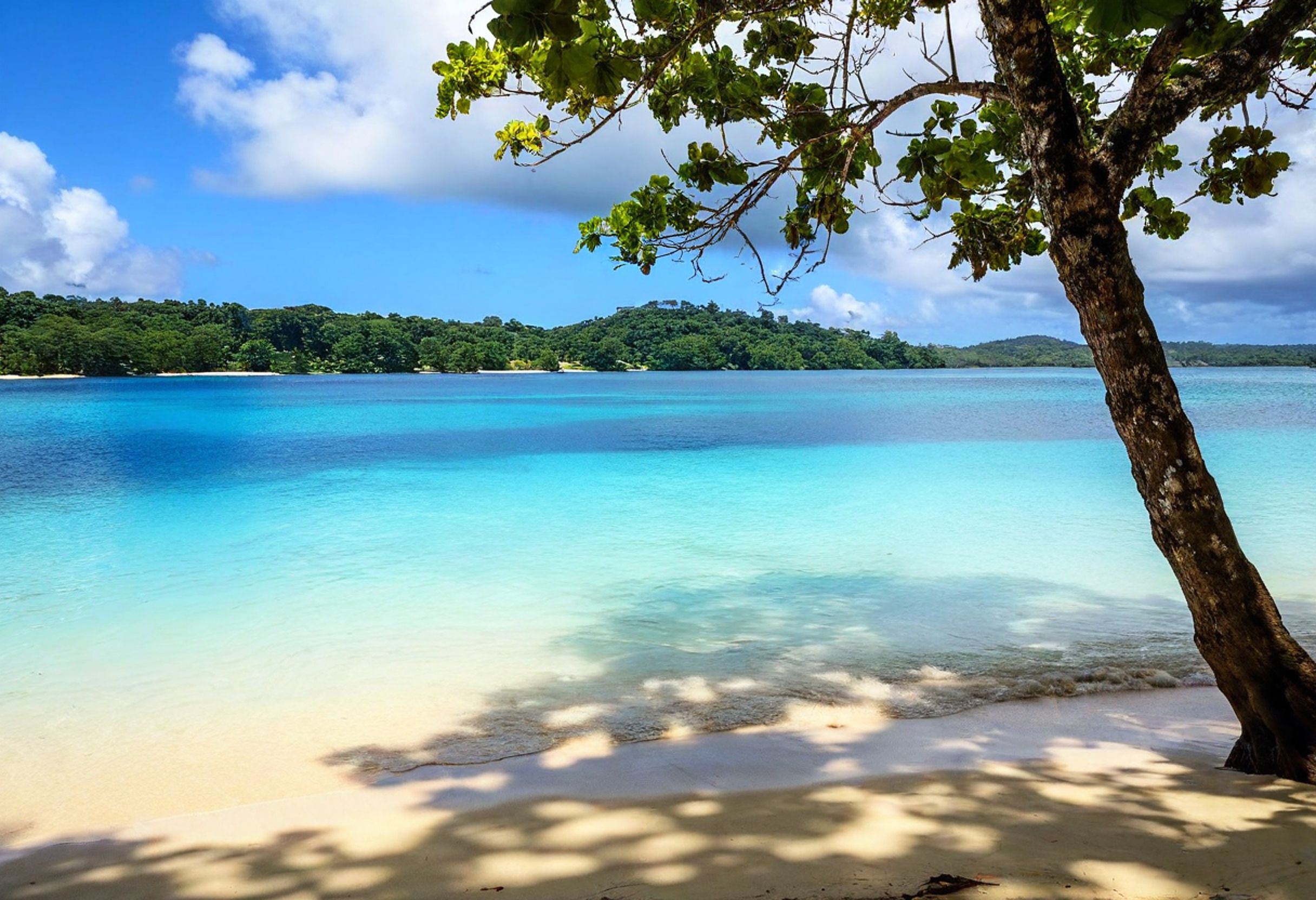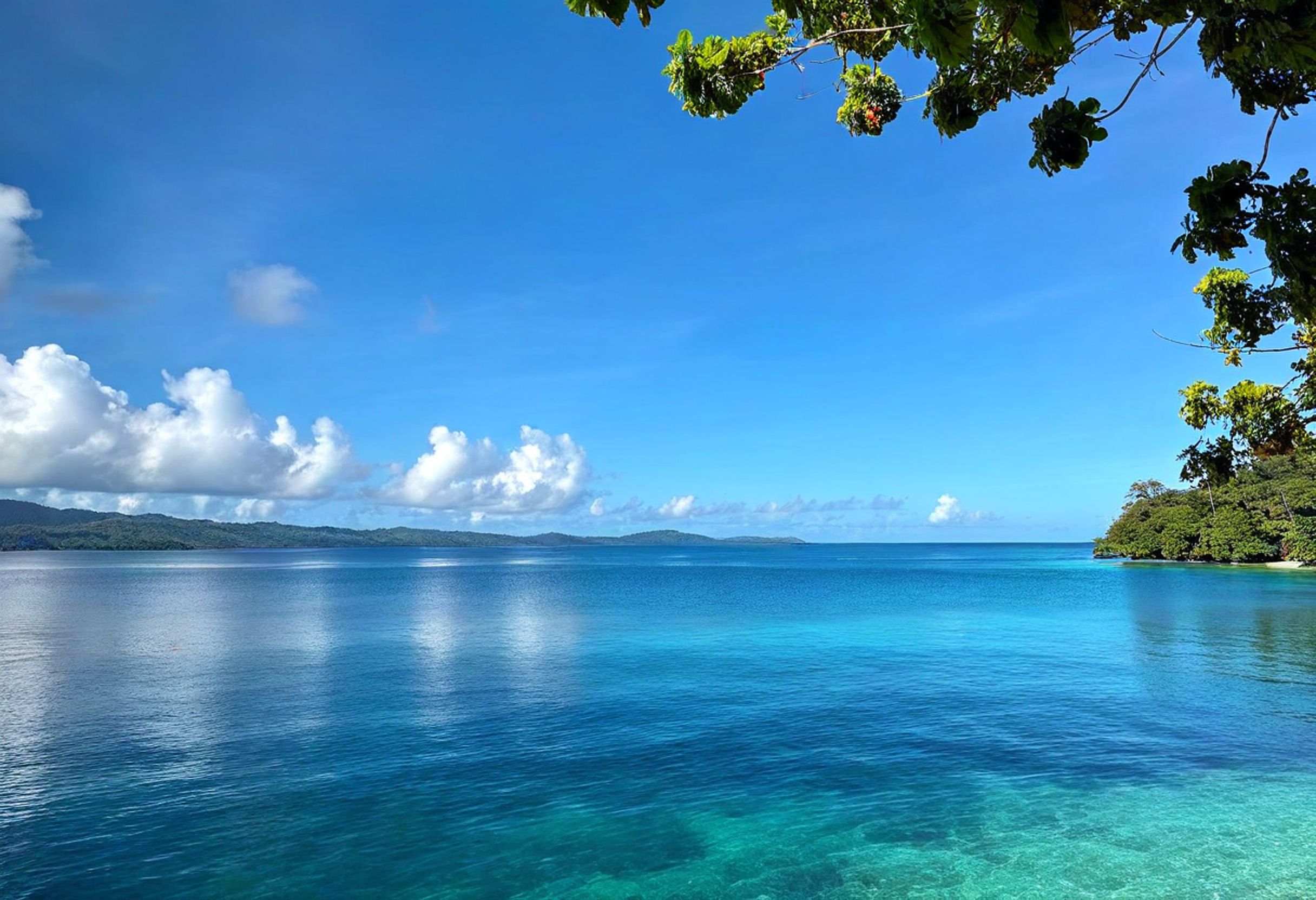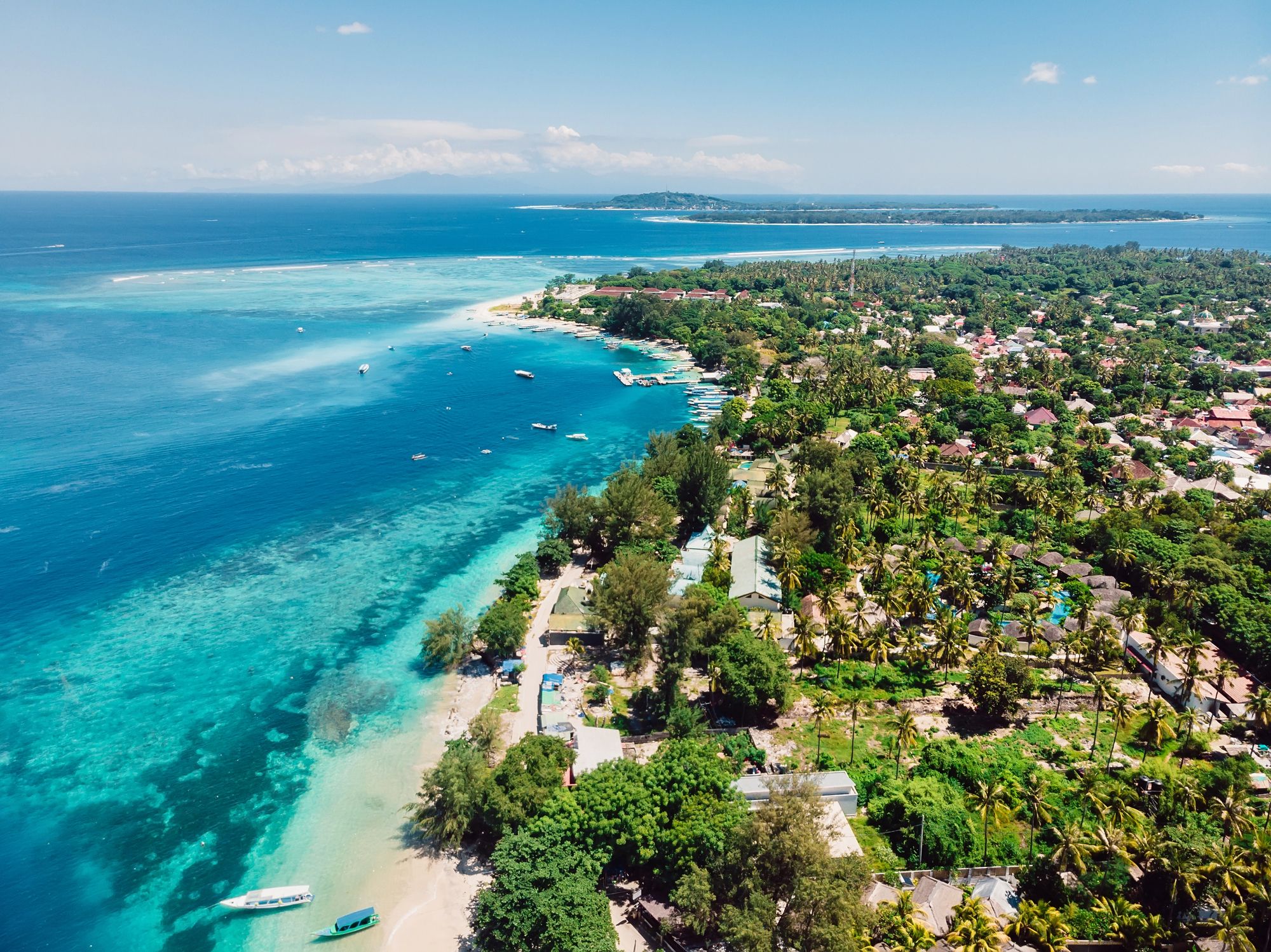The vibrant handicraft markets of Vanuatu are seeing a significant revival, driven by the flourishing tourism sector that has become the island nation’s largest industry. Local artisans, particularly the “mamas” who create traditional handcrafted items, are positioned to benefit from this growth as more visitors seek authentic souvenirs from their Pacific journey. The Handicraft Business Development Program was recently established to improve Vanuatu’s handicraft sector, recognizing its important role in developing the country’s economy.
Tourism in Vanuatu uniquely bridges traditional and formal economies, providing sustainable growth opportunities for local communities. Recent surveys have identified unmet demand in handicraft sales, suggesting room for expansion as the cruise ship sector experiences significant growth. To address this potential, organizations like the Pacific Horticultural and Agricultural Market Access program are developing information guides and posters to help the handicraft vendors better connect with tourists.
Economic Impact of Tourism on Vanuatu’s Handicraft Market
Tourism drives Vanuatu’s handicraft market by creating demand for authentic cultural products. The sector provides income for local artisans while preserving traditional crafting techniques that might otherwise disappear.
Tourism and Handicraft Trade Expansion
Vanuatu’s formal economy is dominated by tourism, estimated to contribute 65 percent of the country’s Gross Domestic Product. This tourism foundation directly fuels handicraft sales, creating a stable market for local artisans.
Port Vila’s handicraft markets have become essential stops for cruise ship passengers, generating immediate economic benefits. Vendors report significant income spikes on days when cruise ships dock.
Research indicates unmet demand in handicraft sales, suggesting potential for growth if market research improves. Many tourists seek authentic souvenirs representing Vanuatu’s cultural heritage.
Trade networks have expanded beyond cruise visitors to include hotel guests and international buyers who export items to global markets. This diversification strengthens the sector against tourism fluctuations.
Investment in Local Craftsmanship
Government and private sector investments have improved handicraft production capacity across Vanuatu. Training programs teach traditional skills to younger generations, ensuring continuation of craft knowledge.
Key Investment Areas:
- Workshop facilities in rural communities
- Quality control standards development
- Marketing support for artisans
- Transportation infrastructure to markets
These investments create sustainable livelihoods that operate within both traditional and formal economies. Artisans can earn income while maintaining connections to village life.
The global economy’s growing interest in authentic, handmade products has prompted development agencies to fund handicraft sector improvements. These programs particularly benefit women artisans, who comprise approximately 75% of handicraft producers.
The Role of Cultural Heritage in Market Growth
Vanuatu’s rich cultural traditions represent its strongest competitive advantage in handicraft markets. Products conveying authentic cultural stories command premium prices from tourists seeking meaningful connections.
Tourism authorities have recognized this value, promoting cultural demonstrations alongside handicraft sales. These performances contextualize products, increasing their perceived value and buyers’ willingness to pay higher prices.
Cultural heritage preservation also creates opportunities for specialized tours to villages where tourists can observe crafting processes. This integration of tourism development with cultural practices multiplies economic benefits.
Educational materials explaining the significance of motifs and techniques have improved the sales experience. When tourists understand the cultural meaning behind items, they develop deeper appreciation and make more purchases.
Port Vila’s central market has become a cultural hub where traditional knowledge transfers occur naturally as artisans work together, strengthening both economic outcomes and cultural continuity.
Sustainability and Challenges in Market Development
The Vanuatu handicraft market faces several interconnected challenges from environmental pressures and global influences while working toward sustainable practices that protect both cultural heritage and natural resources.
Climate Change and Environmental Influence
Climate change poses significant threats to Vanuatu’s handicraft sector through multiple pathways. Rising sea levels and increasingly severe cyclones damage pandanus plants and other natural materials essential for traditional crafts. In 2020, Cyclone Harold destroyed numerous craft-producing communities, causing widespread material shortages.
Local artisans have developed adaptive strategies, including establishing community plant nurseries to preserve endangered craft materials. These nurseries now protect over 15 native plant species used in traditional weaving and carving.
The vulnerability towards natural disasters has prompted handicraft cooperatives to implement backup storage systems for finished products and raw materials, reducing economic losses during extreme weather events.
Promotion of Renewable Energy in Crafting Processes
Vanuatu’s handicraft sector is increasingly embracing renewable energy solutions to reduce environmental impact while cutting production costs. Solar-powered tools and kilns have been introduced in major craft centers on Efate and Santo islands, reducing reliance on imported fossil fuels.
The Vanuatu Handicraft Association launched a “Green Crafting” certification in 2023, recognizing artisans who use renewable energy and sustainable materials. Already, 120 craftspeople have received certification, creating market advantages for their products.
Mobile solar charging stations now support rural craft communities, enabling electric tool use and LED lighting for evening work. This technology has extended productive hours by approximately 30% while maintaining sustainable tourism development principles.
Navigating Globalization and Maintaining Authenticity
The cruise ship market represents a double-edged sword for Vanuatu’s handicraft sector, accounting for approximately 90% of sales in some markets. This concentration creates economic vulnerability while also introducing pressure to produce generic souvenirs rather than authentic cultural items.
Competing with imported products remains challenging. The NiVanuatu arts handicraft market now distinguishes authentic local products through a certification program showing provenance and cultural significance, helping tourists make informed purchasing decisions.
Digital platforms have created new global markets for premium Vanuatu handicrafts. The “Made in Vanuatu” e-commerce site connects rural artisans directly with international buyers, eliminating middlemen and improving income for craft producers by an average of 35%.
The use of local, sustainable materials is increasingly promoted as a key selling point, highlighting the connection between traditional crafts and Vanuatu’s natural environment.

